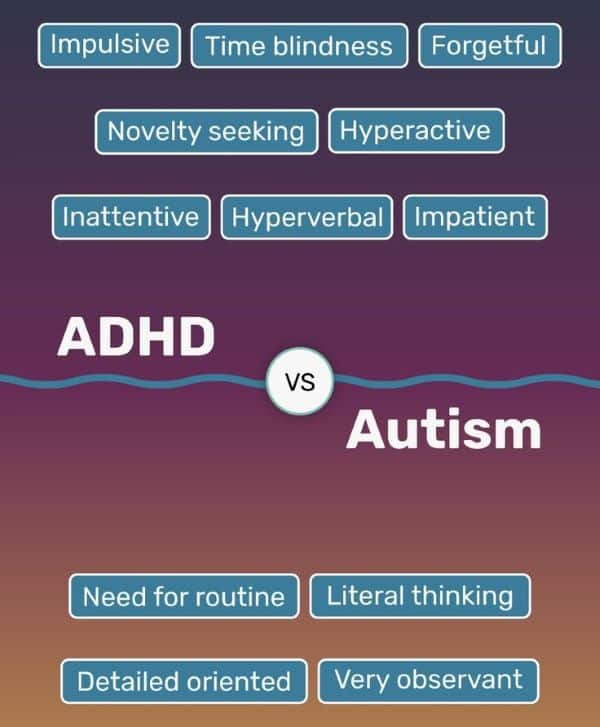Children with autism may exhibit various behaviors in the emergency department that can make assessment and treatment more challenging. Some common signs include:
| Sensory Overload: |
Covering ears, squinting eyes, or becoming agitated due to bright lights, loud noises, and strong smells. |
| Communication Difficulties: |
Limited speech, nonverbal, or struggles with expressing pain or describing symptoms. |
| Repetitive Behaviors: |
Rocking, flapping, or repeating phrases, especially when stressed or anxious. |
| Resistance to Touch: |
Pulling away from physical exams or medical equipment due to sensory sensitivities. |
Recognizing and adapting to these autism-related symptoms allows ER staff to provide more effective, patient-centered care to kids on the spectrum.
This post was originally published on October 25, 2023. It was updated on April 12, 2024.















